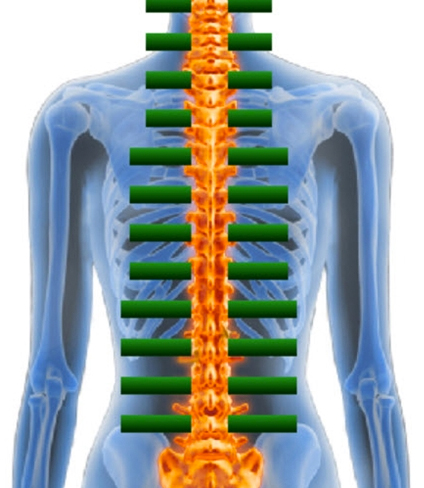Myovision
Surface EMG measures the electrical impulses generated when a muscle contracts. It functions in the same manner as an ECG for your heart but is even more sensitive.
It was originally developed for NASA and was designed to measure changes in the spinal muscles of astronauts.
When there is nerve interference present, muscles will fire to compensate for this, and create an abnormal pattern of muscle firing. This is seen as bars on a graph in the MyoVision software.
The further the bars extended from the spine, the higher the muscle activity.
Myovision Scans
Although chiropractors are best known for treating back and neck pain, which they do very well, patients also consult chiropractors regarding a range of other, related conditions.
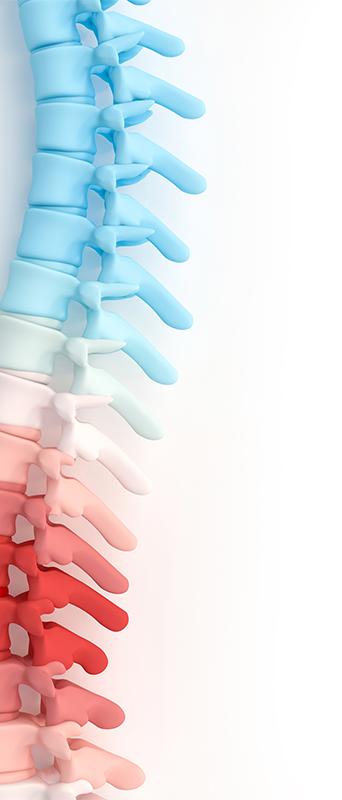
How Does it Help?
This information provides instant biofeedback on the musculoskeletal condition of our patients.
It also provides the patient with valuable information regarding muscle tension within their body. This measured data is an objective tool that provides both a qualitative and quantitative representation of how your muscular system is functioning.
What does it Involve?
The scan is totally non-invasive and does not cause pain or irritation. It is completely safe for infants, children, pregnant women or seniors. It simply requires the placement of small probes against the skin, with the test taking less than two minutes. The scan is used by many Chiropractors and is the latest, state of the art equipment for this type of spinal assessment.

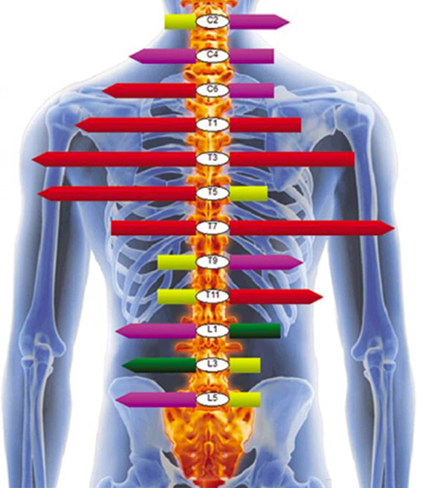
Awarded the Patient Partnership Quality Mark
The Exeter Chiropractic Clinic has been awarded the Patient Partnership Quality Mark (PPQM) by The Royal College of Chiropractors.
The PPQM is awarded to chiropractic clinics that demonstrate excellence in meeting patient expectations in a range of areas including accessibility, cleanliness, safety and patient communication.

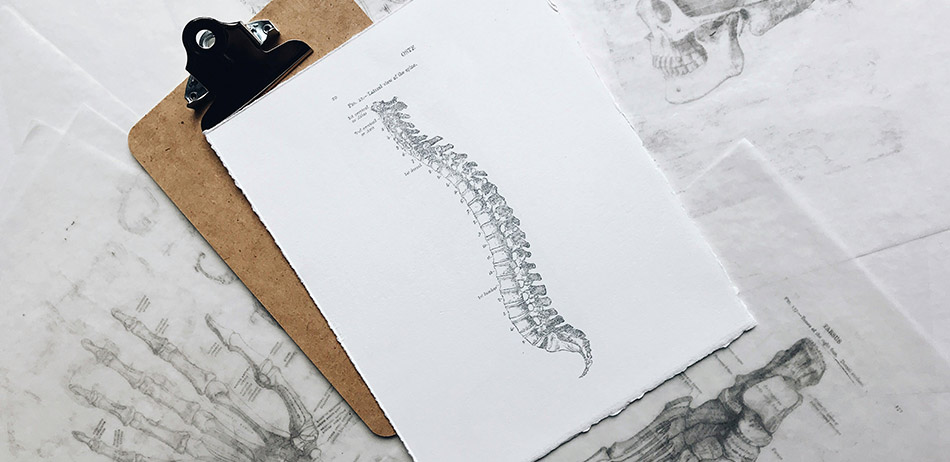
1710937105000
Chiropractic, Back Pain & the World Health Organisation Guidelines
The World Health Organisation (WHO) has incorporated chiropractic care into the latest guidelines for managing chronic low back pain. For us at the Exeter Chiropractic Clinic, this is a milestone that supports our commitment to holistic well-being and is a testament to the growing global recognition of chiropractic efficacy. The WHO's decision signifies a paradigm shift toward a holistic and multidisciplinary approach to managing chronic low back pain. This move aligns with the philosophy we uphold at Exeter Chiropractic Clinic, emphasising patient-centred care, collaboration with other healthcare professionals, and fostering a trust-based partnership between practitioners and patients. The WHO's acknowledgment of chiropractic interventions as a valuable part of a collaborative approach to back pain underscores their effectiveness, validating the positive experiences many have had with chiropractic care. This acknowledgment is rooted in the growing body of evidence supporting chiropractic interventions, showcasing their efficacy in providing relief and improving the quality of life for those grappling with one of the most prevalent and costly health conditions. The integration of chiropractic care into the WHO guidelines not only places chiropractic on a global stage but also highlights its importance in the overall healthcare landscape. As a patient seeking relief from chronic low back pain or someone interested in preventive care, the inclusion of chiropractic in the WHO guidelines offers a recognised and evidence-backed option for managing your condition. It opens doors to a patient-centric approach to healthcare that considers the individual aspects of each patient, and tailors treatment accordingly to optimise the patient’s health and wellbeing. The integration of chiropractic care into the WHO guidelines is an important step for the chiropractic profession. If you are curious about how chiropractic care can benefit you or if you have any questions, don’t hesitate to reach out. We are here to support you on your journey to a healthier, pain-free life!
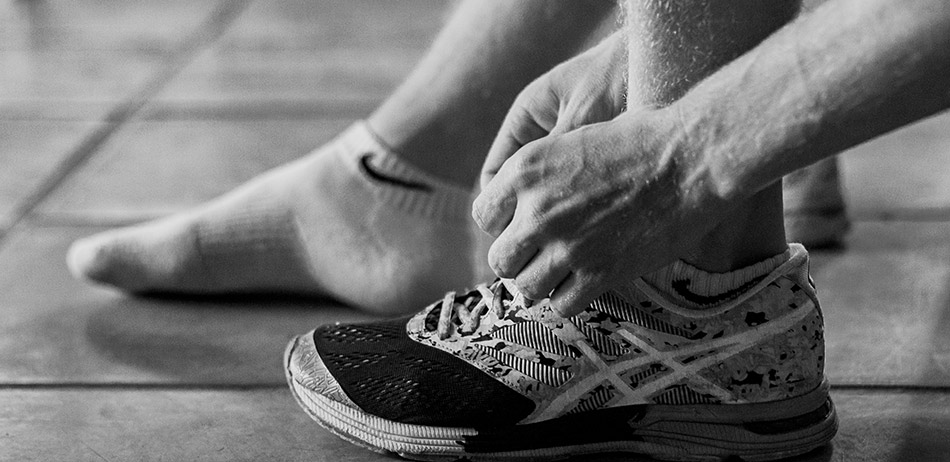
1706788800000
Minor Sprain & Strain Self-Care
Sprains and strains are some of the most common injuries and can affect people of all ages and activity levels. Whether you’ve injured an ankle, a wrist, or anywhere else these injuries can throw a spanner in our daily routines and leave us wondering what we should do to get back to our normal lives. Sprains and strains range from mild discomfort to severe pain, and proper care is vital to a speedy recovery. This blog post will furnish you with the most important steps you can take to optimise your recovery, including; when to seek professional medical care, how to manage minor sprains and strains at home and how to protect yourself from further injury. When to seek professional medical care: The NHS advises calling 111 if you have had an injury and:It is very painful, or the pain is getting worseThere is a large amount of swelling or bruising, or the swelling or bruising is getting worseIt hurts to put weight on itIt feels very stiff or is difficult to moveIt is not feeling any better after treating it yourselfYou also have a very high temperature or feel hot and shivery - this could be an infection They also advise calling 999 or going to A&E if:You heard a crack when you were injuredThe injured body part has changed shape or is pointing at an odd angleThe injured part is numb, tingling or has pins and needlesThe skin around the injury has changed colour, such as looking blue or grey, or is cold to the touch Self-management of minor sprains and strains: Most people will have heard of the RICE protocols for minor injuries, standing for Rest, Ice, Elevation and Compression. In recent years many healthcare services are now recommending other protocols such as POLICE instead, to encourage people to start moving and using the area as soon as possible to aid recovery. Protect - immediately after the injury, you will need to rest the area to prevent damage. Optimal Loading - You should start moving the affected joint or muscle as soon as you can to help minimise stiffness, but do this gently and allow yourself to be guided by your body and what you feel able to do. Ice - Place a cold compress, such as ice, over the affected area for 20 minutes every couple of hours for the first two or three days. Avoid placing it directly on the skin. Compression - Use a bandage around the affected joint to reduce swelling. Elevate - Try to raise the affected area above the level of your heart, by example resting it on a chair or cushion. It is also important to note that there are some things you should avoid in the first 3 days of an injury. A useful tool to remember these is the word HARM: Heat - Avoid hot baths, showers and heat packs. Alcohol - Drinking alcohol can slow down recovery and increase the risk of re-injury. Running - Avoid running or other forms of moderate exercise to avoid prolonging your recovery. Massage - Massage can be very helpful in the recovery of sprains and strains, but should be avoided in the first few days as it can cause more swelling. Over the counter painkillers can be very helpful for managing the pain and discomfort of a strain or sprain, but for the first three days NSAIDs (non-steroidal anti-inflammatory drugs) such as ibuprofen should be avoided. Preventing re-injury: After a sprain or a strain, the area is likely to be weaker, and therefore more susceptible to being injured again. In order to lessen the likelihood of this, gradual strengthening is crucial. The exercises and stretches will vary depending on what part of your body you have injured, but it is important to build strength and support while maintaining mobility. In the hustle of our daily lives, it can be easy to overlook minor injuries such as strains and sprains but simple techniques such as those outlined in the POLICE protocols and gentle exercises can help put your best foot forward in your recovery journey.As chiropractors, we are perfectly positioned to help support and guide you through that journey and out the other side.
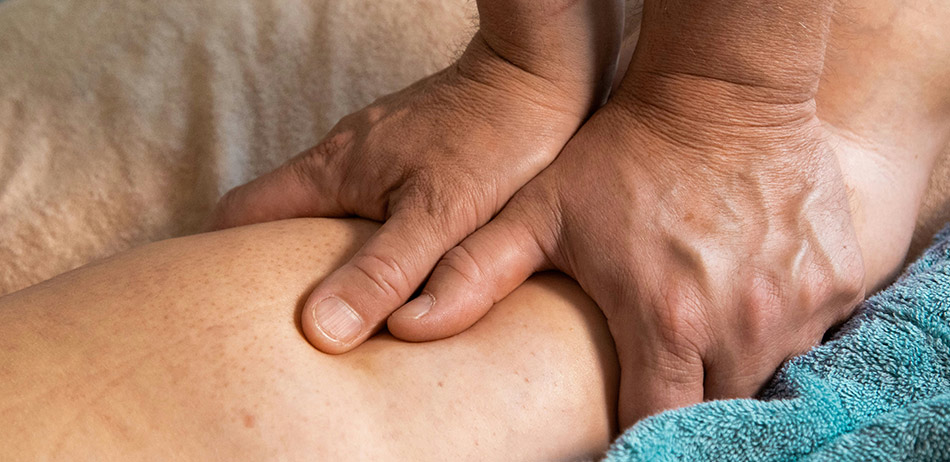
1704110400000
Managing Hip Osteoarthritis: A Comprehensive Approach
Hip Osteoarthritis (OA) is a chronic condition characterised by pain, stiffness, and reduced mobility, significantly impacting one's quality of life. While it is a long-term challenge, effective management strategies can provide relief from pain and enhance joint function. Chiropractor Matthew Barks has written an article for the British Chiropractic Association on the musculoskeletal and chiropractic approach to this condition, outlining the importance of the elements discussed in this post. You can read it here: Active Management:Current evidence strongly advocates for an active approach to managing hip OA. Engaging in regular physical exercise, specifically tailored to strengthen the muscles supporting the hip and improve mobility, forms the cornerstone of treatment recommendations. Incorporating an exercise program into your routine can help alleviate symptoms and enhance overall joint health. Manual Therapy:In addition to exercise, patients often benefit from manual therapy provided by chiropractors and other healthcare professionals like physiotherapists. Techniques such as mobilisation, massage, and joint adjustments are employed to address issues in the hip joint and related structures in the leg and lower back. These therapies aim to reduce pain, improve joint function, and enhance overall well-being. Patient-Centered Care:While following recommended management strategies is crucial, it's essential to prioritise patient- centered care. This involves fostering open communication and collaboration between healthcare providers and patients. Every individual's experience with hip OA is unique, and treatment plans should be tailored to address their specific concerns, limitations, and goals. By involving patients in decision-making processes, healthcare professionals can ensure that management approaches align with the patient's needs and preferences. Patient-Centered Care:Patient-Centered Care:Hip osteoarthritis can pose significant challenges, but with a comprehensive approach to management, relief from pain and improved joint function are achievable goals. By incorporating physical exercise, manual therapy, and patient-centered care into treatment plans, individuals can take proactive steps towards managing their condition and enhancing their overall quality of life. Remember, effective management begins with a commitment to staying active, seeking appropriate therapies, and engaging in open dialogue with healthcare providers.

1701432000000
Looking After Your Back While Breastfeeding
Breastfeeding is far more than simply providing nutrition; it nurtures the strong bond and attachment between you and your baby. However, it can also create challenges with upper back and neck pain due to spending more time sitting and holding your baby. In this blog post, we will explore the top tips and insights shared by British Chiropractic Association member Jennifer Hudson, who is also an International Board Certified Lactation Consultant. Top Breastfeeding Tips: Keep Moving: Incorporate movement into your breastfeeding routine whenever possible. Staying active can help alleviate musculoskeletal symptoms associated with prolonged sitting and holding. Consider using an age-appropriate sling or baby carrier to ease discomfort while keeping your baby close.·Vary Seating and Positioning: Experiment with different seating options and positions to find the one that best suits your comfort and posture. Placing a small stool under your foot on the same side as your baby feeds can provide additional support.Change Positions: Once you've identified your optimal breastfeeding position, remember to vary it periodically to prevent tension from accumulating in the same areas. This simple practice can help alleviate strain and promote musculoskeletal health.Seek Support: Don't hesitate to seek support when needed. Whether it's addressing musculoskeletal pain with healthcare professionals or seeking advice and camaraderie from fellow mothers, reaching out is crucial. There's strength in seeking assistance and sharing experiences.Utilise Slings and Carriers: Appropriate slings and baby carriers can be invaluable tools for supporting your back, keeping your baby close, and facilitating breastfeeding on the go. Explore sling libraries across the UK to try out different options and find what works best for you.Gradual Exercise: Engage in gradual exercise to ease postpartum discomfort and promote overall well-being. It is important to follow the advice of your GP or midwife to ensure safety and suitability. Look for exercise classes tailored to new mothers in your area for additional support and guidance.
Latest News and Advice
Find out the latest news about our Chiropractic Clinic and information about all your chiropractic and health related needs.
